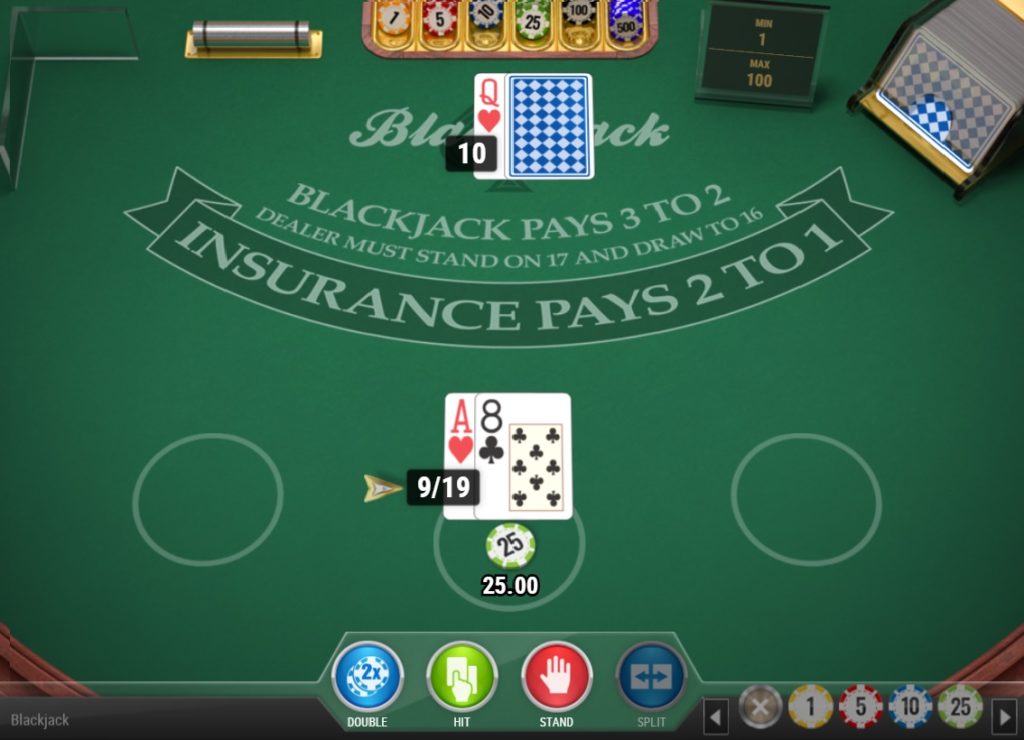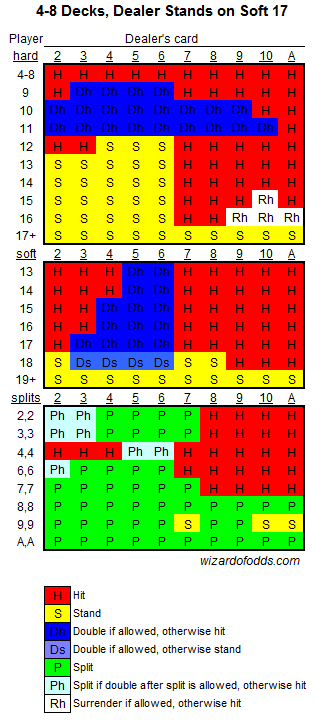When Does The Dealer Have To Take A Hit In Blackjack
When you play blackjack, you have some incomplete information to base your playing decisions on. You know the value of your two cards and you know the value of the dealer’s up card. You don’t know what the dealer’s hole card is and you don’t know what the next card out of the shoe will be. However, if you use basic strategy when you play, you can make an accurate decision based on just the information that you do know.
Blackjack usually means you win 1.5 the amount of your bet. Depends on the casino. Dealer will hit until his/her cards total 17 or higher. Doubling is like a hit, only the bet is doubled and you only get one more card. If the dealer’s hand equals 16 or less, he has to keep hitting until he gets a 17, a 21, or busts. Most dealers will stand on a soft 17, and all dealers will stand on a “hard” 17, which is a safer bet for the house. Before you begin play, you should always inquire as to the Blackjack dealer’s rules for the casino you’re in. Finally, learn whether the dealer checks for blackjack when they’re dealt an ace or a 10-value card – if they do check and the game continues, they don’t have blackjack. There is only one reason to take a hit at the blackjack table. You always hit your hand in an effort to improve the hand. If you hit the hand for any other reason, you are doomed to failure. A hit is only taken when you need to try and improve your hand.
When Does The Dealer Have To Take A Hit In Blackjack Card Game

Basic Strategy
Basic blackjack strategy is based on the mathematics of the game. It has been tested and refined through computer simulations. When it is followed correctly, it reduces the house edge to the minimum, which is usually about one-half of a percent. When you use basic strategy, you make your decision to hit, stand, or double down based on your two cards and the dealer's up card. Many players wonder what percentage of time will the dealer bust based on their up card. (Whenever your hand or the dealer’s hand goes over the total of 21, it is called a bust.)
The dealer will bust more often with certain up cards than with others. Take a look at the chart below. You will see that the worst cards for the dealer are the 5 and 6, followed closely by the 4. When the dealer is showing a 5 or a 6, they have a 42 percent chance of busting and a 40 percent chance when they have a 4 showing. This is why you double down more often when the dealer is showing a 4, 5, or 6.

The cards where the dealer is least likely to bust are the Ace, 10, and 9. When the dealer has one of these cards showing, they also have another advantage since the player has to act first. According to basic strategy, a player with a hand of less than 17 will need to take a hit when the dealer is showing a 7, 8, 9, 10, or ace. If the player busts, he loses the hand even if the dealer also busts, so the percentage of times the house will win is greater than just the bust percentage shown in the chart.

Play Correctly
You will make more money when the dealer is showing a card that will allow you to double down, however, you must follow the rules of basic strategy. Many novice players will double down with a hand of 7 or 8 against a dealer showing an up card of 5 or 6. This is not correct and even though the dealer will bust 42 percent of the time, you will lose more money if you don’t play according to basic strategy.
Knowing the dealer’s bust percentage is useful information but it should just be used to confirm the decisions you make when you play basic strategy. If you are unsure of the correct plays, you should memorize the basic strategy chart or bring one to the table with you. This way, you will be playing blackjack with the lowest house edge possible.